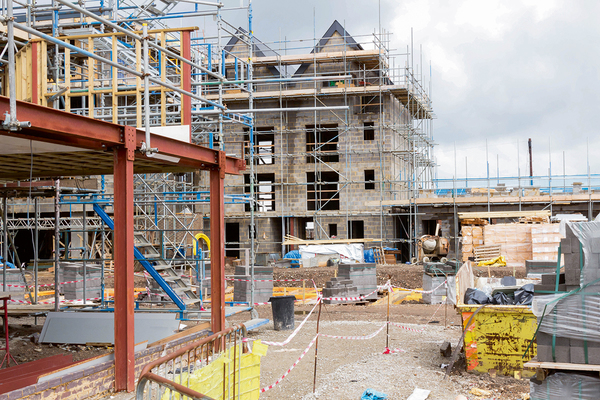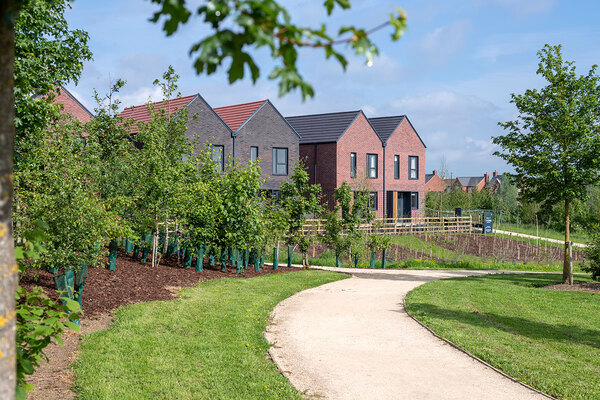You are viewing 1 of your 1 free articles
2,500 affordable homes dropped through legal loophole, Shelter finds
Shelter has called for a crackdown on developers’ use of viability assessments after research showed their use slashed 2,500 affordable homes from projects in just 11 local authority areas in one year.
The housing charity has urged the government to amend planning policy to ensure such tests are only used in exceptional circumstances to justify reduced numbers of affordable homes.
Currently paragraph 173 of the National Planning Policy Framework (NPPF) says that requirements for affordable housing should “provide competitive returns” to a developer.
Shelter used Freedom of Information Act requests to discover the extent to which developers were using viability assessments to deliver fewer affordable homes than specified in local targets. In 2015/16, the shortfall was 1,003 homes in Birmingham, 472 in Manchester, 338 in Leeds and 196 in Bristol.
The report added that Section 106 agreements between councils and developers had delivered, on average, 10,000 fewer affordable homes each year since the NPPF was introduced.
Shelter called on the government to “limit the use of site-level viability assessments to exceptional, unforeseeable circumstances outside the scope of normal market risk”.
Its report, Slipping through the Loophole, said eligible circumstances should be defined by central government and accompanied by guidance on plugging viability gaps using “subsidy and other means”.
The report also called for strengthening of local plans, fast-track planning approval for policy-compliant schemes, removal of the phrase ‘competitive returns’ from the NPPF, and for viability assessments to be transparent where used.
Polly Neate, chief executive of Shelter, said: “What this research reveals is the scale at which developers are able to use legal loopholes to protect their profits and dramatically reduce the numbers of affordable homes available for people.
“The government needs to fix our broken housing system – and it must start by closing this loophole to get the country building homes that are genuinely affordable for people on middle and low incomes to rent or buy.”
House builders said it was critical that they could make a reasonable return or there would be no new homes at all.
Andrew Whitaker, planning director at the Home Builders Federation, said: “We have become increasingly reliant on the private sector for affordable housing provisions, in addition to expecting contributions towards infrastructure and local amenities. However, there is a limit as to what can be extracted from development sites before they become unviable.
“Without a willing landowner and developer you get no development and thus no affordable housing. A willing landowner will become unwilling if they do not get an acceptable price for their land and a developer will not be a willing developer if they do not get an acceptable return on their investment.”
The government said it was consulting on proposed changes to the viability process.
“Our measures would speed up decision-making and increase transparency, so that local communities know what is expected from developers on new sites,” said a spokesperson.
“Affordable housing is a top priority for the government. That’s why we have confirmed that funding for affordable homes will be increased by a further £2bn to more than £9bn.”








